The international animation sector has seen better days.
A market correction in the U.S., combined with a commissioning landscape that has yet to return to pre-strike levels—and likely never will—has reverberated across the globe, triggering contraction and uncertainty within an industry that had spent years expanding to meet once-insatiable streamer demand.
Ironically, the sector’s diverse ecosystem has never been more aligned in diagnosing the problem and pointing toward a solution. The consensus is clear: animation needs stronger backing. The open question is where that support will come from.
“Traditional broadcasters and streamers are cutting back on their investments,” says Katell France, CCO of Mediawan Kids & Family. “There’s a significant gap between where animation is watched and how it is financed—and no clear solution for bridging that gap as of yet. This creates challenging times for both producers and creators, but it also offers an opportunity to rethink and reinvent the entire model.”
Recent industry gatherings, from the Cartoon Forum co-production sessions in Toulouse to a streamlined MipJunior in Cannes, have effectively retooled themselves into symposiums circling that central concern—giving delegates, all facing similar challenges, a platform to commiserate, coordinate, and collaborate. At the same time, these events have held up a mirror to a sector redefining itself in real time.

Production on ‘Gigantosaurus’ was halted after producer Cyber Group Studios went into liquidation
Netflix
Nowhere are those growing pains felt more acutely than in France, host to both events and home to one of the world’s largest animation industries after the U.S. and Japan. The local sector is undergoing a sharp correction, as studios that expanded rapidly during the boom years now face layoffs, stalled productions, and mounting financial strain. Once-formidable players like “Gigantosaurus” producer Cyber Group Studios have shuttered, while others, including Andarta (“Lana Longbeard”) and TeamTO (“City of Ghosts”), have navigated buyouts and receivership.
“This isn’t just a contraction — it’s a transformation,” says investment consultant and Act & Play founder Youssef Safraoui. Pointing to AI and to France’s political uncertainty as particularly disruptive, he adds, “Salaries keep rising, so studios will need to cut production expenses to reinvent the system. Alternative financing will also be essential, including revising CNC co-production rules to loosen thresholds and encourage international partnerships, especially with Asia, the Middle East, and Latin America.”
“The goal isn’t to move work abroad,” Safraoui continues. “But in order to balance local employment with access to new funding—and most of all to restart paused projects—we need low overheads and high flexibility. The companies that are surviving can scale from 50 to 300 people on a case-by-case basis, recruiting per project rather than permanently. That agility will be essential.”

‘Robin Robin’ producer Aardman is now courting European partners for the first time.
Courtesy of Aardman and Netflix
Caution emerged as the dominant theme at last month’s Cartoon Forum, with many pitch projects leaning heavily on proven track records and established IPs to attract broadcasters and commissioners navigating ever-tightening budgets. The message was clear: Titles like the Victor Wembanyama-led toon “Alien Dunk” and the kids-comic adaptation “Vampirette & Me” viewed pre-existing buy-in as the key to juice sales.
At the same time, the challenging—and shared—terrain fostered a welcome sense of rapprochement, with UK delegates returning to European fold for the first time since Brexit. Attendees held out hope that a recent bilateral accord struck by France’s CNC and the UK’s BFI could extend across the continent, while Aardman was also in attendance – another first – in order to foster European partners for its series “The Adventures of Robin Robin.”
“We have to make this the future,” said Animation UK head Kate O’Connor. “Whatever the barriers or challenges, whether different financing structures, legislation, or tax incentives, we need to starts dismantling them. We have to make it work, and together we have to find a way forward.”

YouTube Kids has quickly become a central hub for children’s content.
Illustration: VIP+: Adobe Stock
As traditional commissioning streams run dry, industry focus has shifted toward digital-first models, with YouTube emerging as both a testing ground for original series and a launchpad for new IP.
YouTube’s global head of youth partnerships, Alexis Rice, says industry interest has “been building over the past two to three years,” as established players and newcomers alike turn to the platform for everything from shorts to full-length seasons—monetizing through its ad-supported model or via the premium subscription revenue program, both operating on a 55/45 split.
“There used to be more hesitancy and, frankly, concern because production companies weren’t familiar with the platform or the audience,” says Rice. “But now that they can track their own performance, producers are far more optimistic about how YouTube can build – and not cannibalize – the wider ecosystem.”
“Since we don’t license content, producers retain full creative control,” she continues. “We don’t set deadlines or dictate direction. Our role is to support and amplify their storytelling. It’s a different model, helping them grow a business on our platform, not telling them how to create. We’re also available in over 100 markets—something few other platforms can offer.”

‘Ava & Digger’
Courtesy of Banijay
YouTube Kids took pride of place at this year’s MipJunior, with Rice attending the Riviera market for the first time to mark the service’s 10th anniversary and highlight its growing centrality in the kids’ content landscape.
Of course, the broader shift in animation is being driven primarily by viewer preference.
“Kids are leading the digital shift,” says TheSoul streaming and content VP Jonathan Shrank. “They’re the first to drift away from traditional broadcasting, becoming increasingly independent in their choices. The industry is scrambling to find ways to attract and retain viewers in a fragmented and dispersed landscape.”
For studios, that shift presents a challenge: viewers are moving online, often to platforms that don’t provide traditional broadcaster pre-sales or commissions. To meet them, production outfits must find new ways to finance and deliver content directly to digital spaces.
To wit: Mediawan has teamed with Hispanic YouTube network El Reino Infantil to co-produce “Wadoo,” a digital-first preschool series. AI-assisted shorts will debut in a soft launch, testing tone and characters and guiding development ahead of a full rollout. Meanwhile, TheSoul Publishing has doubled down with Banijay Kids & Family on “Ava & Digger,” a self-funded, digital-first series prioritizing YouTube as its main stage.
Both projects were unveiled at MipJunior without a full launch, signaling a growing comfort with real-time iteration and a broader bet that YouTube’s vast subscriber base can be harnessed as a tool. Engagement metrics and viewer feedback will help fine-tune narrative, pacing, and characters while building a dedicated following—a built-in fan base that can later be leveraged for wider streaming deals.
“Exclusivity isn’t what it used to be,” Shrank adds. “The market is fragmented, budgets are tight, and no one wants to take big risks. Platforms are chasing IPs that already have traction. Whether it’s a known property or something new built on YouTube at low cost, proof of reach is what matters. Flexibility is key—the more attention an IP can get across channels, the better it is for everyone.”
This new model, however, is not a solo endeavor. It demands a fundamental shift in how production outfits work together.
“Now more than ever, companies need to join forces if they want to produce quality content at lower costs,” says says Mediawan Kids & Family CCO Katell France. “Collaboration isn’t just beneficial—it’s becoming essential for the industry’s survival.”

‘Wadoo’
Mediawan Kids & Family

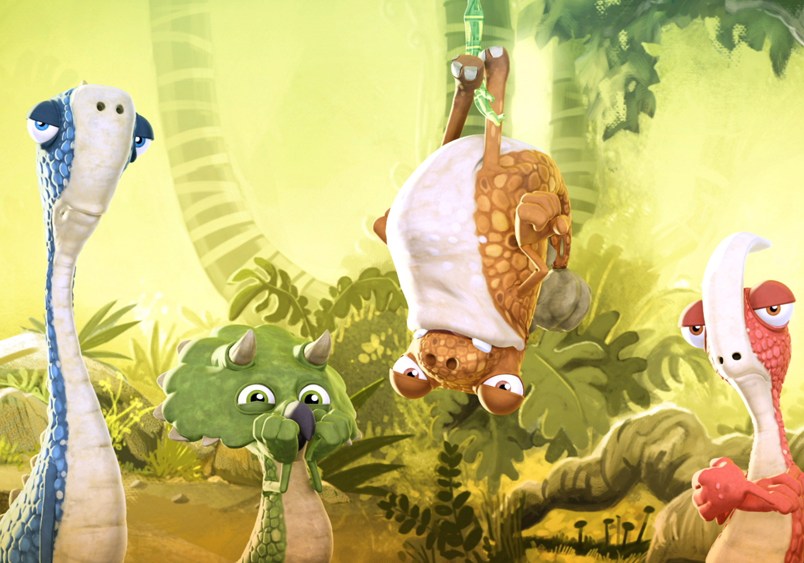
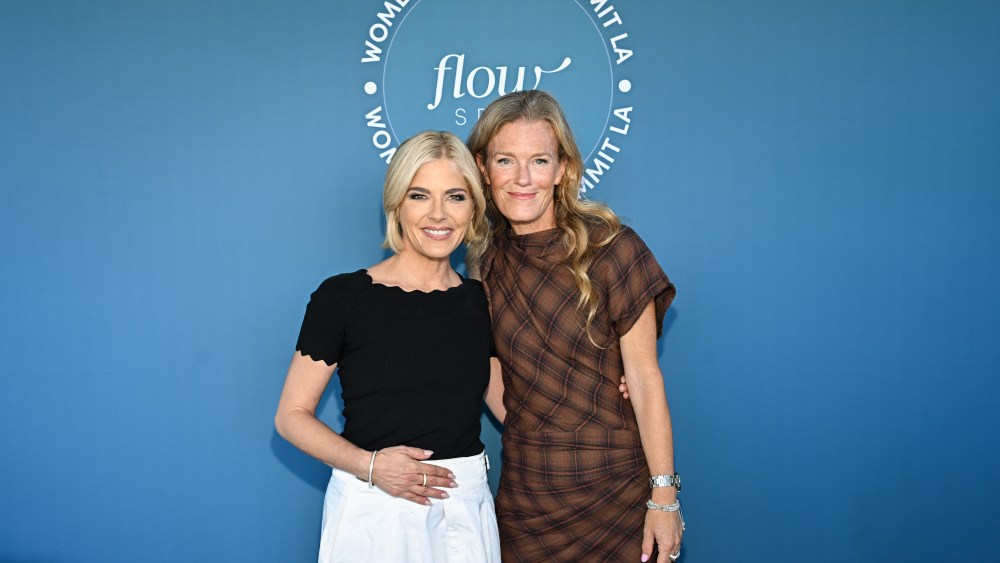
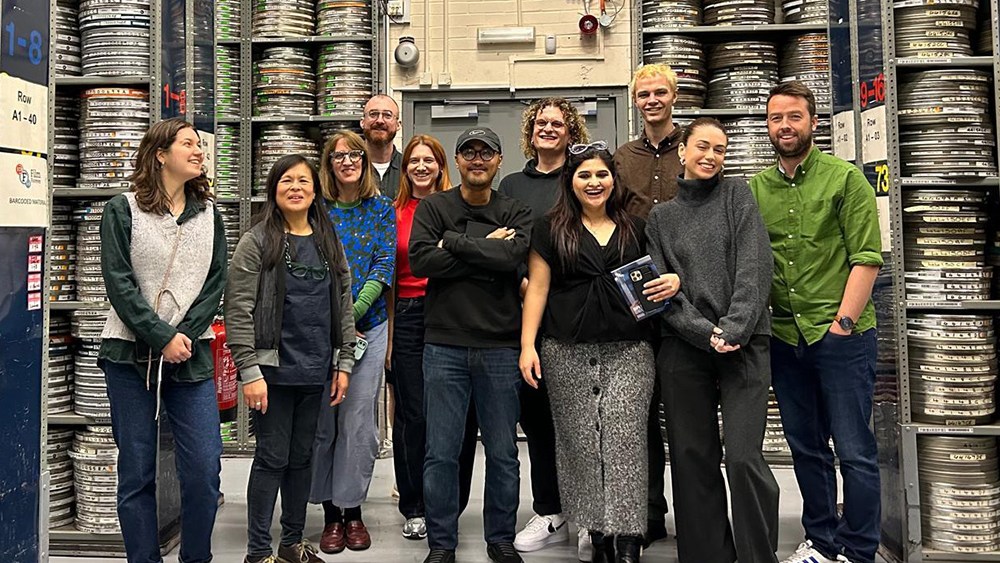
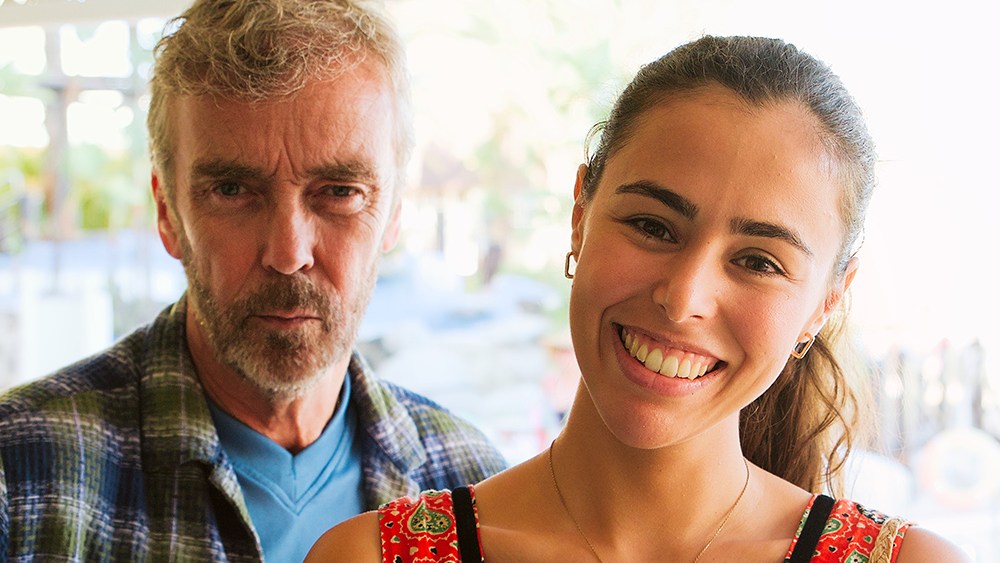
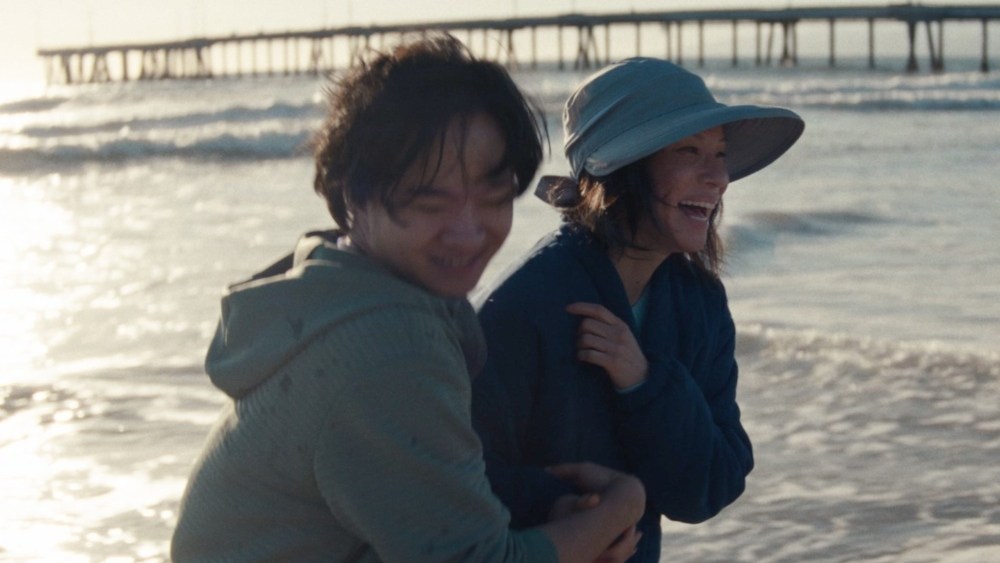

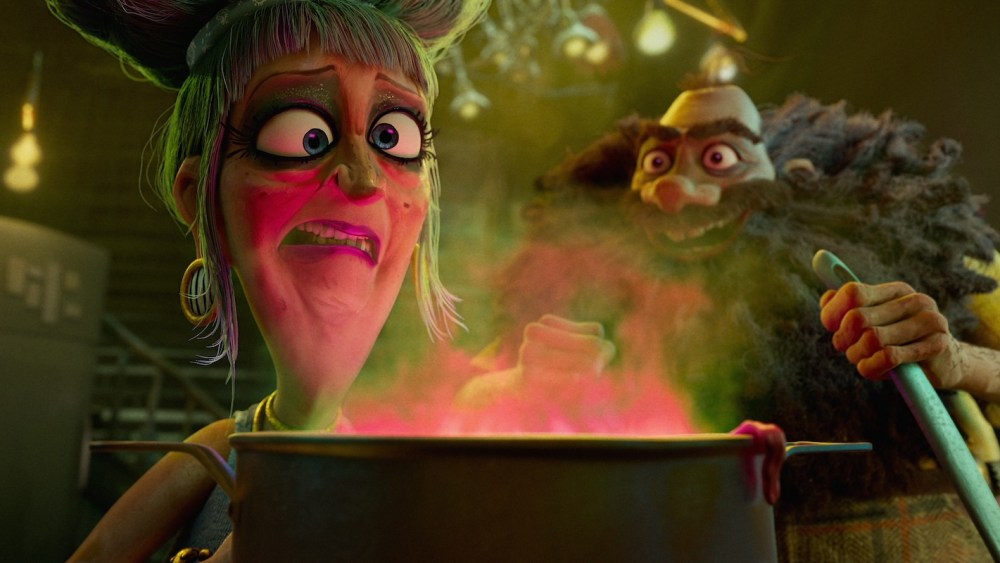
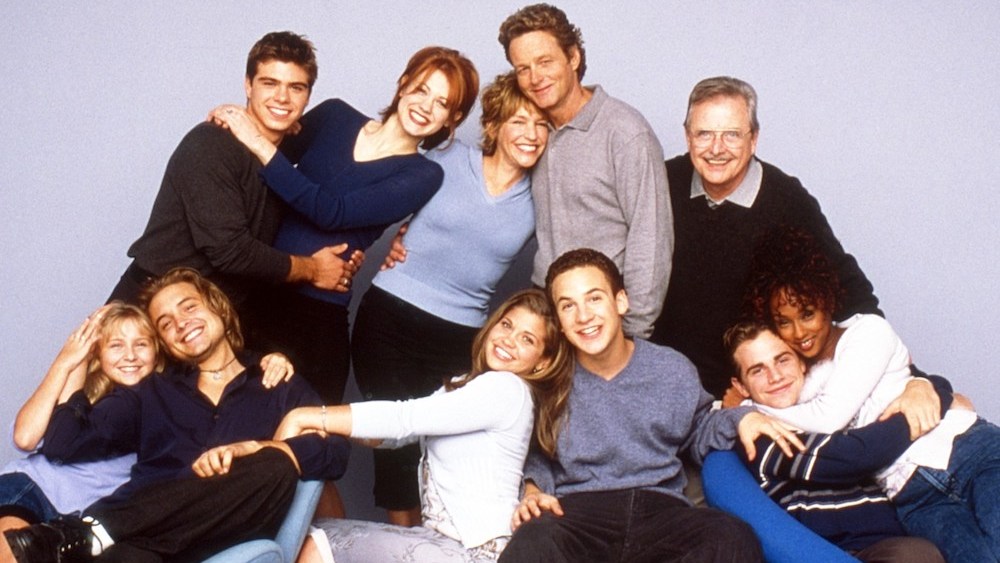

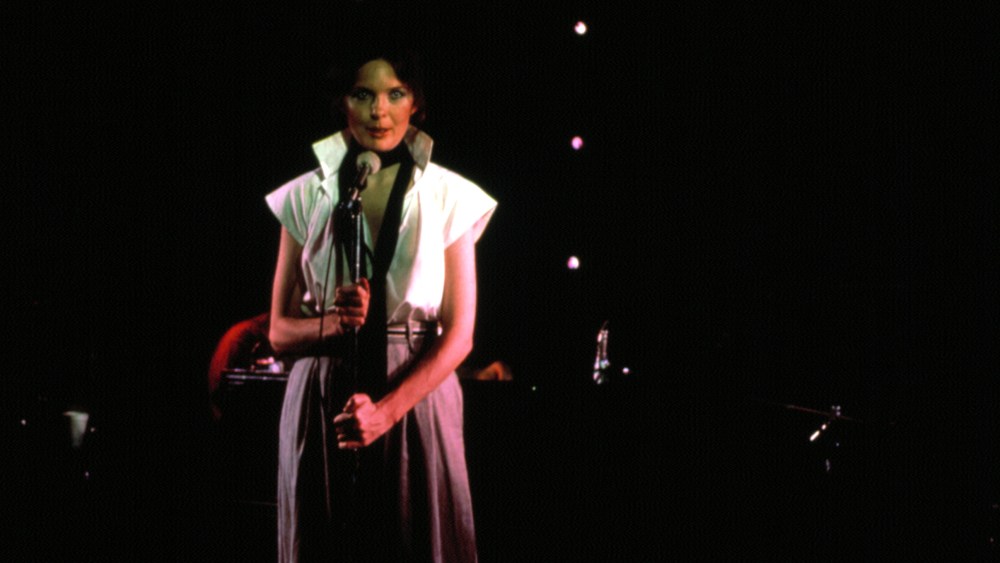
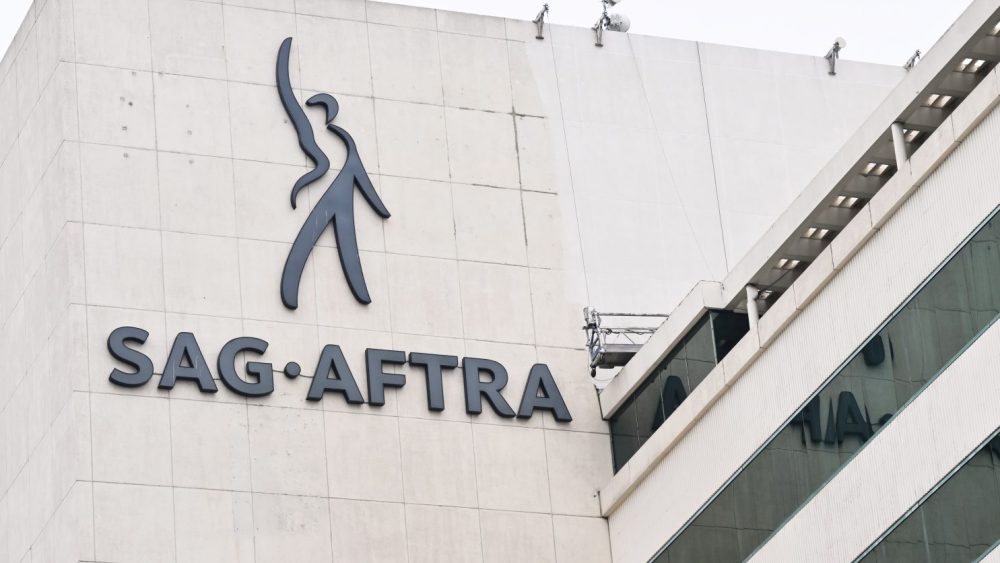
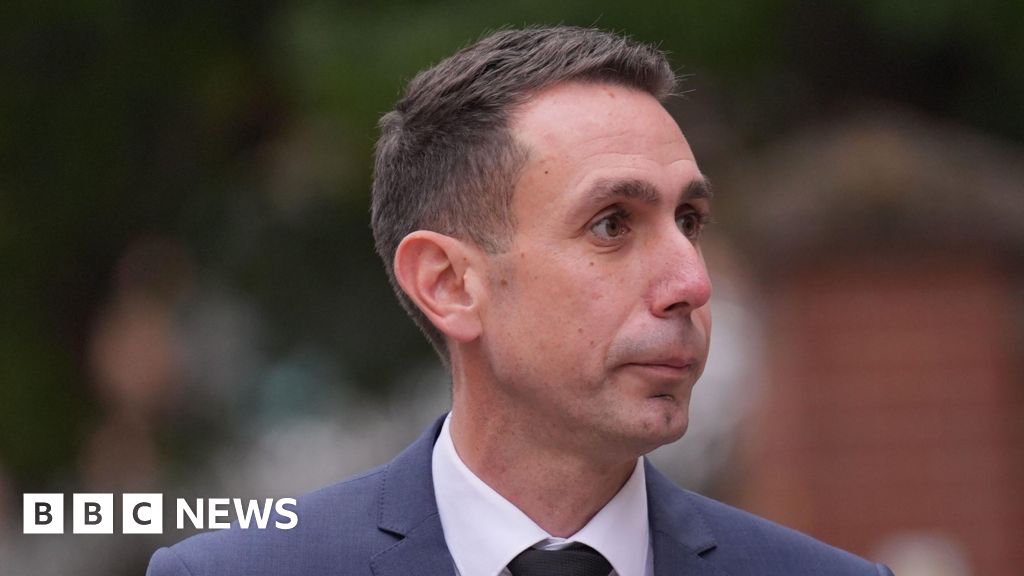
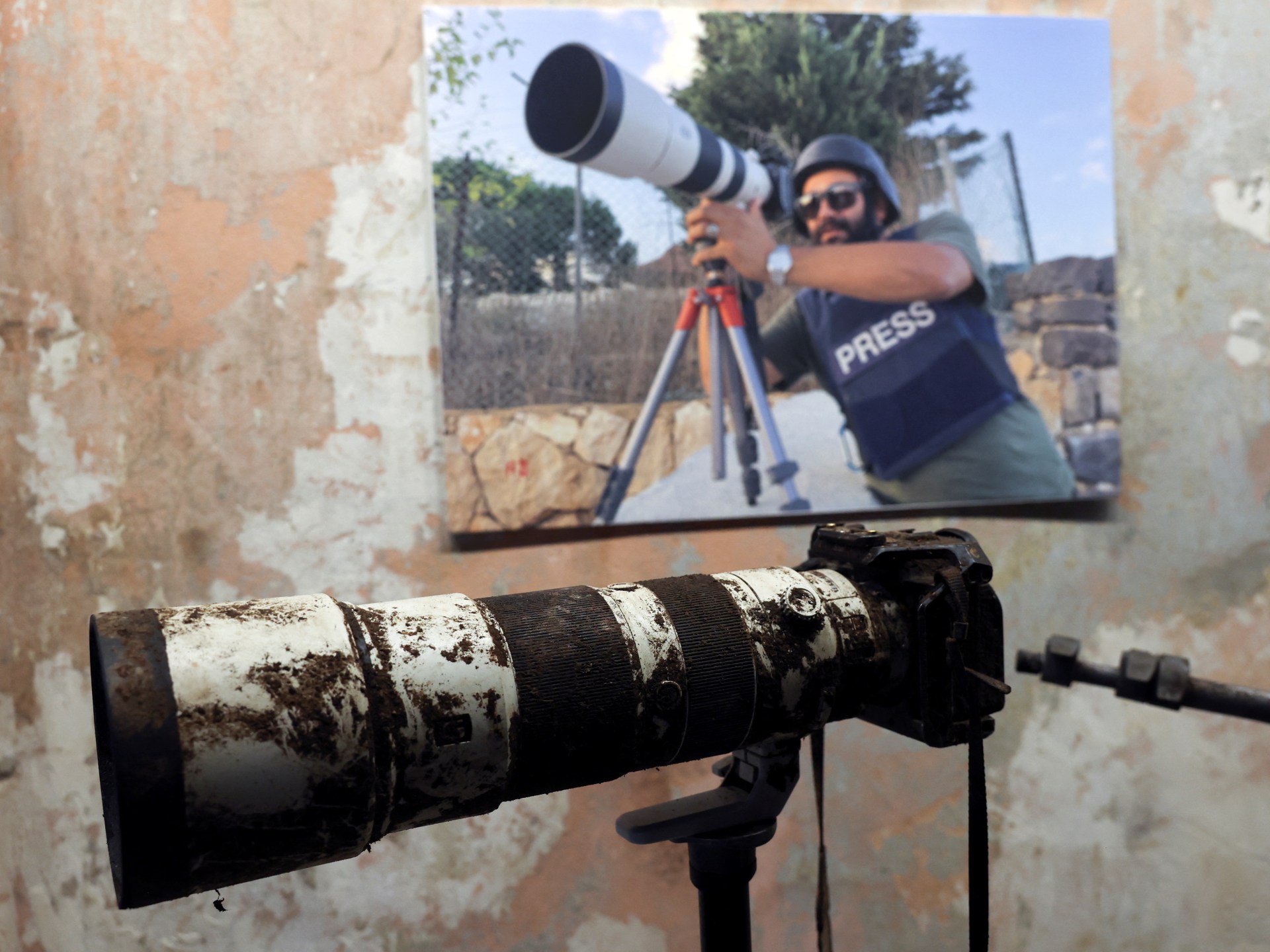
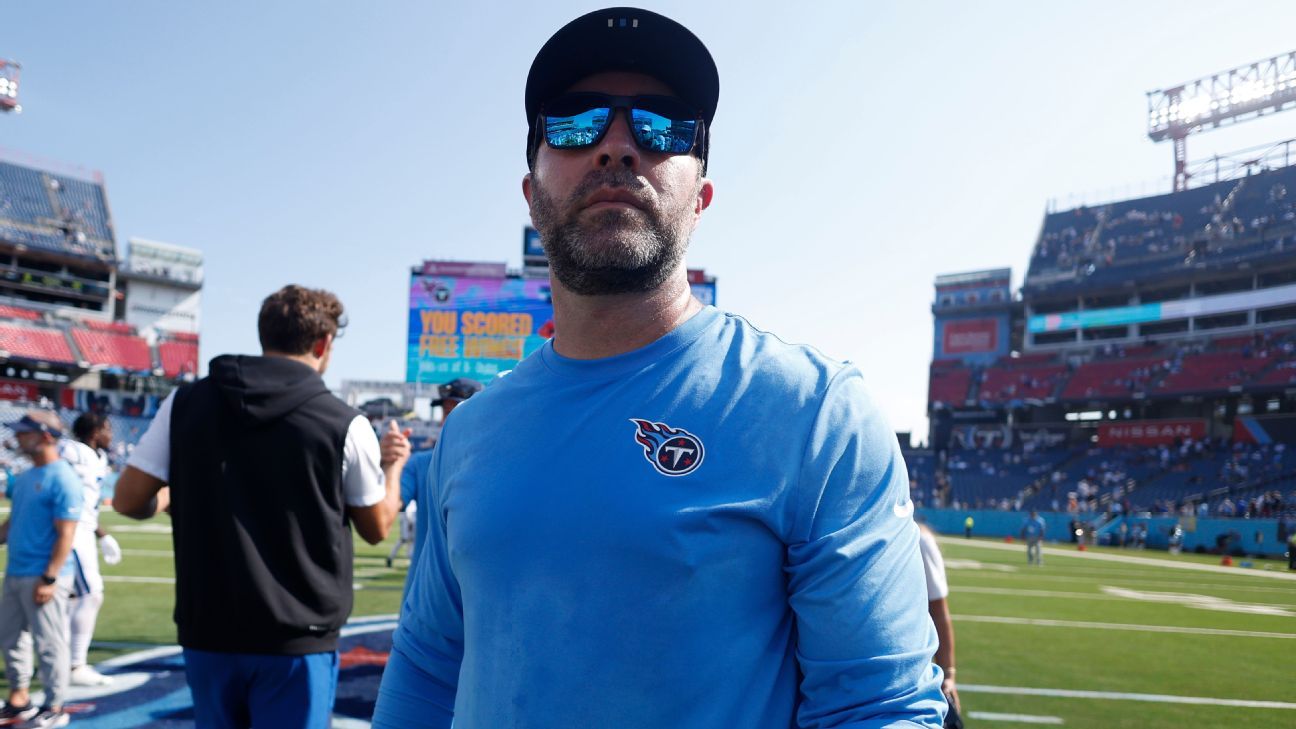

Leave a Reply